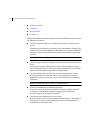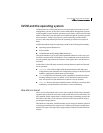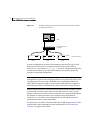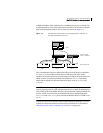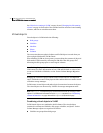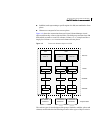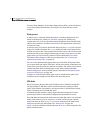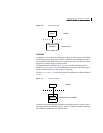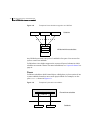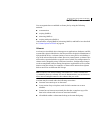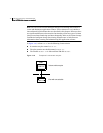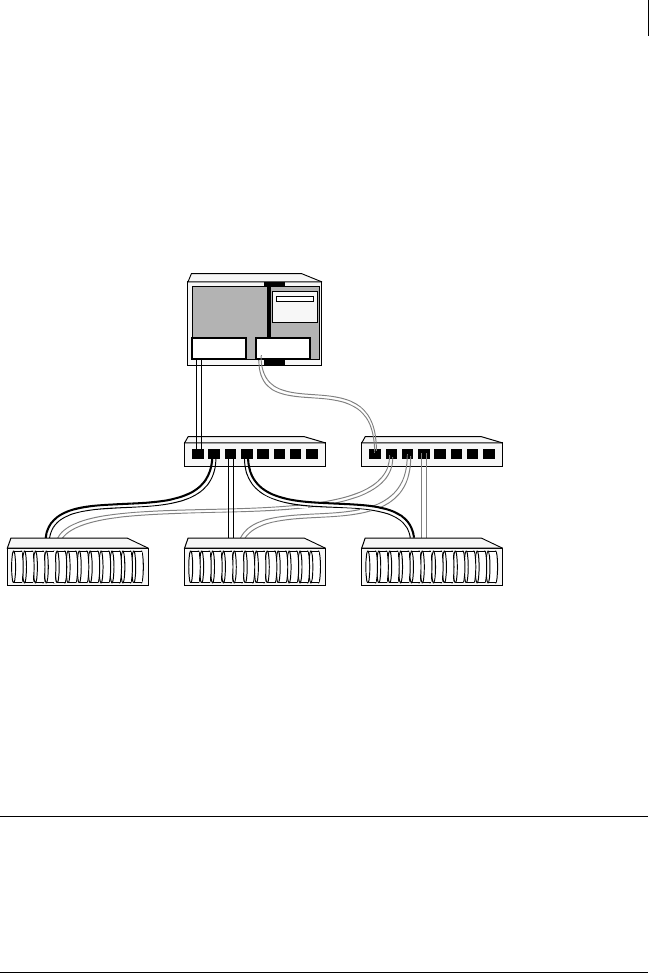
25Understanding Veritas Volume Manager
How VxVM handles storage management
In High Availability (HA) configurations, redundant-loop access to storage can
be implemented by connecting independent controllers on the host to separate
hubs with independent paths to the enclosures as shown in Figure 1-4.
Figure 1-4 Example HA configuration using multiple hubs or switches to
provide redundant loop access
Such a configuration protects against the failure of one of the host controllers
(c1 and c2), or of the cable between the host and one of the hubs. In this
example, each disk is known by the same name to VxVM for all of the paths over
which it can be accessed. For example, the disk device enc0_0 represents a
single disk for which two different paths are known, such as c1t99d0 and
c2t99d0.
Note: The native multipathing feature of HP-UX 11i v3 similarly maps the
various physical paths to a disk, and presents these as a single persistent device
with a name of the form disk##. However, this mechanism is independent of that
used by VxVM. For instructions on administering native multipathing with
Base-VxVM and VxVM-Full, please consult the Release Notes for VxVM 5.0 on
11i v3.
To take account of fault domains when configuring data redundancy, you can
control how mirrored volumes are laid out across enclosures as described in
“Mirroring across targets, controllers or enclosures” on page 255.
c2c1
Host
Fibre Channel
hubs or switches
Disk enclosures
enc0 enc1 enc2




